Do innovations in the Huawei P8 justify its iPhone or Galaxy S level pricing?
Thus, Huawei breaks the affordable value-for-money mould that we've come to expect from Chinese handsets for years, and Xiaomi seems poised to follow suit, judging from the Mi4 and current Mi Note flagships' pricing. The trend comes to show that Chinese handset companies are becoming more and more confident in their abilities to pull off handsets rivaling the best out there, and are pricing them very similarly, with about a Benjamin discount for the brand name only, hoping to emulate the profit margins of Apple or Samsung.
That is why we wanted to ask you if you think that Huawei is right to be confident enough about the P8, and price its new flagship close enough to an iPhone 6 or a Galaxy S6. Huawei brags that the P7 sold 4 million units in the first six months, but that number would undoubtedly be much higher if it didn't command this comparatively high price tag that the P8 now shows up with, too. Take your pick, and sign off in the comments.
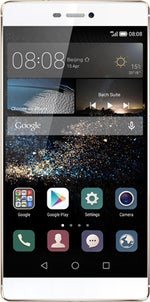

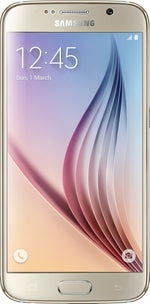
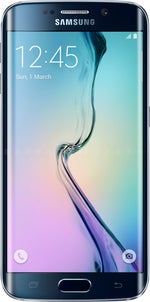






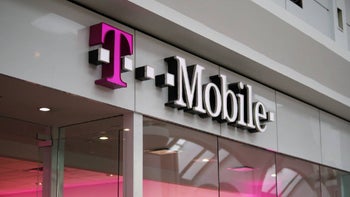

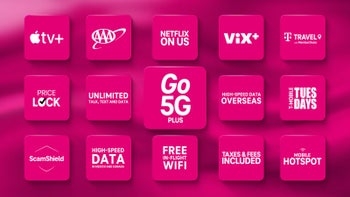
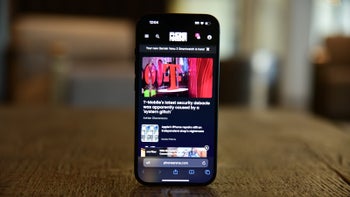
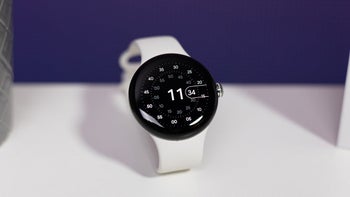
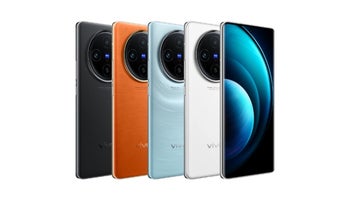
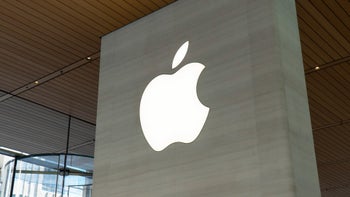
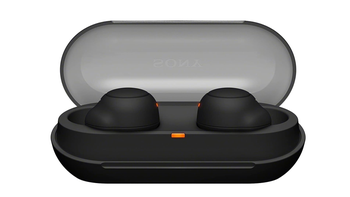
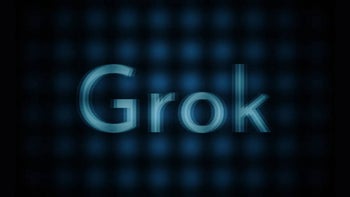
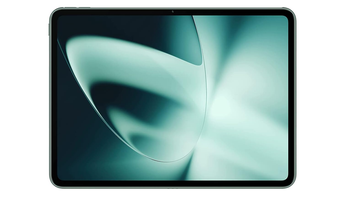
Things that are NOT allowed: